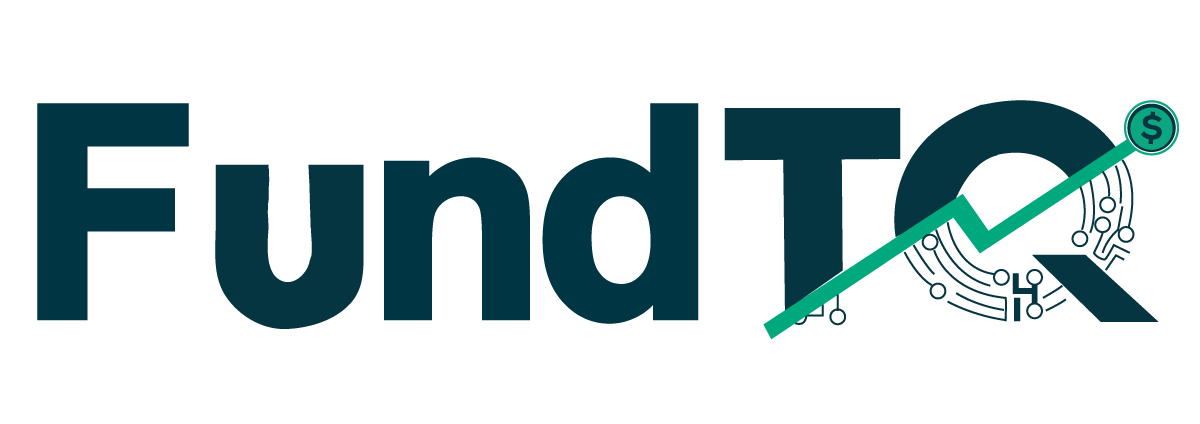Professional Pitch Deck – Every Startup Needs to Attract Investors
Having a professional pitch deck is essential to making an impression and getting investment in the cutthroat world of startups. You need a well-organized pitch deck to attract investors and highlight your company’s potential. Whether an experienced founder or a first-time entrepreneur, your pitch deck is essential for communicating your business potential, strategy, and vision.
In this blog, we’ll explore why every startup needs a professional pitch deck and how to create one that will help you attract investors.
What is a Professional Pitch Deck?
Startups use a professional pitch deck, which is a concise and eye-catching presentation, to convey to investors their business ideas, market opportunities, growth potential, and financials. Covering the most important facets of the company, such as the problem you’re trying to solve, your product, market, business strategy, and the team working on the project, it usually has ten to fifteen slides.
Why Startups Need a Professional Pitch Deck
Investors are constantly bombarded with hundreds of pitch decks each month, making it challenging for any startup to stand out. In this saturated landscape, having a professional pitch deck is no longer a luxury—it’s a necessity. Let’s break down why this is essential for your startup:
1. First Impressions Matter
Your pitch deck is often the first touchpoint between your startup and potential investors, so the first impression it makes is critical. A professional-looking pitch deck with polished design, clear visuals, and high-quality content demonstrates that you take your business seriously. It communicates that you’re not only passionate but also prepared, organized, and capable of executing your vision.
An unprofessional or poorly designed pitch deck, on the other hand, may suggest a lack of attention to detail, even if your business idea is brilliant. In the world of investment, where first impressions are often lasting, presenting a sleek and polished pitch deck can be the difference between landing a meeting or having your presentation overlooked.
2. Clear Communication of Value Proposition
At the core of every investor’s decision-making process is the question: Why is this business worth investing in? Your professional pitch deck should answer this question swiftly and clearly. Investors have limited time, so your deck must communicate your value proposition in a way that’s both compelling and easy to understand.
A well-crafted deck cuts through the noise by explaining the problem your startup solves, the uniqueness of your solution, and why your approach is better than existing alternatives. The professional tone of the deck should make it easy for investors to see the potential of your business without needing to dig deep into the details. Clear, concise messaging supported by strong visuals helps convey the value of your business most effectively.
3. Structured Flow of Information
Investors need a seamless narrative that flows logically from one key point to the next. A professional pitch deck provides this by following a clear structure that makes it easy to absorb information and understand your business story. From introducing the problem, and showcasing your solution, to discussing your market opportunity and financial projections, each slide should build on the last.
A structured flow ensures that investors are not left with questions halfway through your presentation or confused about the order of your business case. With a logical sequence, you guide the investors through your story, making sure that they grasp the main points and understand how everything fits together. This organization boosts the chance that investors stay engaged throughout your pitch.
4. Boost Investor Confidence
A professional pitch deck not only presents your business idea but also reflects your readiness for investment. When investors see a pitch deck that is polished, data-backed, and realistic in its projections, it reassures them that you’ve done your homework and are serious about scaling your business. It signals to investors that you are not only a visionary but also someone with a practical understanding of what it takes to grow a startup.
Well-designed financial models, clear go-to-market strategies, and transparent traction metrics all contribute to building confidence. A professional pitch deck can also demonstrate that you’ve thought through potential challenges and have plans to address them. This makes investors feel that they are making a more secure and informed decision if they choose to invest in your company.
Check out the investor-approved pitch deck
Key Elements of a Professional Pitch Deck
Creating a compelling and professional pitch deck requires the right mix of content, visuals, and structure. Here’s a breakdown of the key elements that should be included:
1. Title Slide: Start with your company name, logo, and a tagline that succinctly describes your business.
2. Problem Statement: Clearly define the problem your startup is solving. The bigger and more relatable the problem, the more compelling your pitch.
3. Solution: Introduce your product or service as the solution. Be concise and explain how it directly addresses the problem.
4. Market Opportunity: Showcase the size of your target market, growth potential, and any significant market trends. Use data to back up your claims.
5. Business Model: Explain how your startup plans to make money. Include pricing strategies, revenue streams, and customer acquisition costs.
6. Traction: If you’ve already launched your product, provide key performance indicators (KPIs) such as revenue, customer growth, or partnerships.
7. Go-to-Market Strategy: Outline how you plan to acquire customers and grow your market share.
8. Financial Projections: Provide investors with realistic financial forecasts, including revenue, profits, and projected growth over the next 3-5 years.
9. Team: Introduce the core members of your team, highlighting their relevant experience and skills.
10. Call to Action: End with a strong call to action, whether it’s scheduling a follow-up meeting or asking for a specific amount of funding.
Tips for Designing a Professional Pitch Deck
Design is just as important as content when it comes to creating a professional pitch deck. Here are some design tips to keep in mind:
1. Keep it Simple: Avoid clutter and excessive text. Use bullet points and visuals to make your slides easy to digest.
2. Use High-Quality Images: Incorporate visuals, graphs, and charts that are easy to understand and support your narrative.
3. Consistent Branding: Use your brand’s colors, fonts, and logo throughout the presentation to create a cohesive look.
4. Limit Slide Count: Aim for a maximum of 15 slides to keep your pitch concise and engaging.
Final Thoughts
A professional pitch deck is the most powerful tool in a startup’s fundraising arsenal. By focusing on clear messaging, compelling visuals, and data-driven insights, your pitch deck can significantly improve your chances of attracting the right investors. Remember, your pitch deck isn’t just a presentation; it’s the first step toward building long-term relationships with investors.
Invest the time and effort to create a professional, investor-ready pitch deck, and your startup will be well-positioned to secure the funding it needs to grow.
Also Read: Pitch Deck Mistakes

